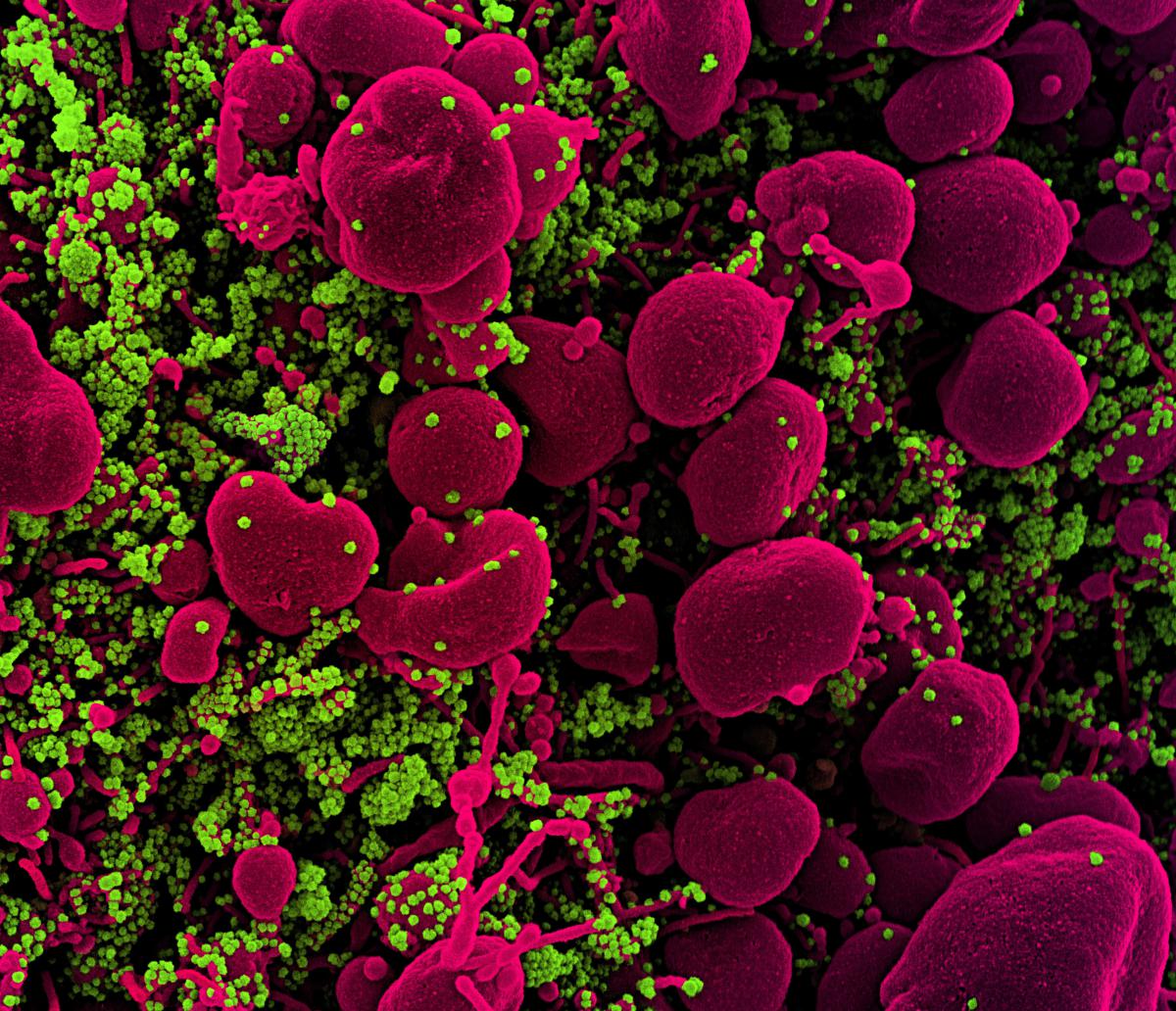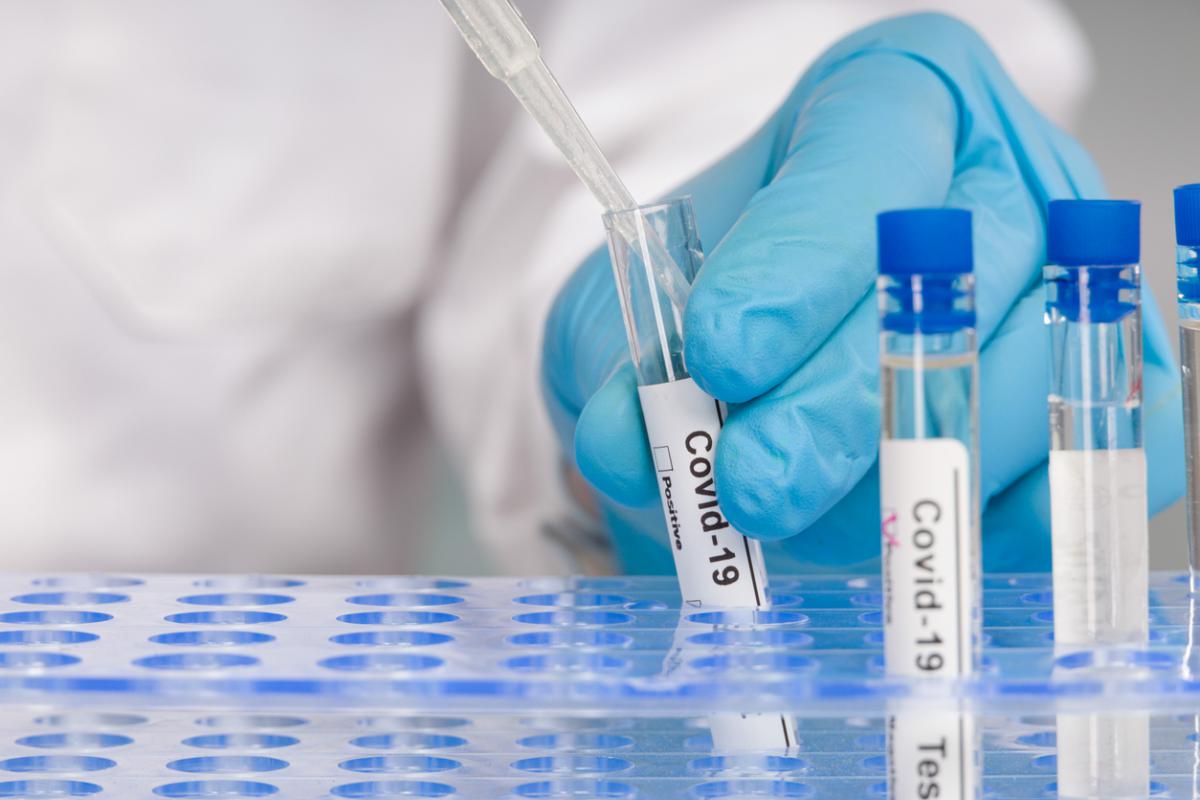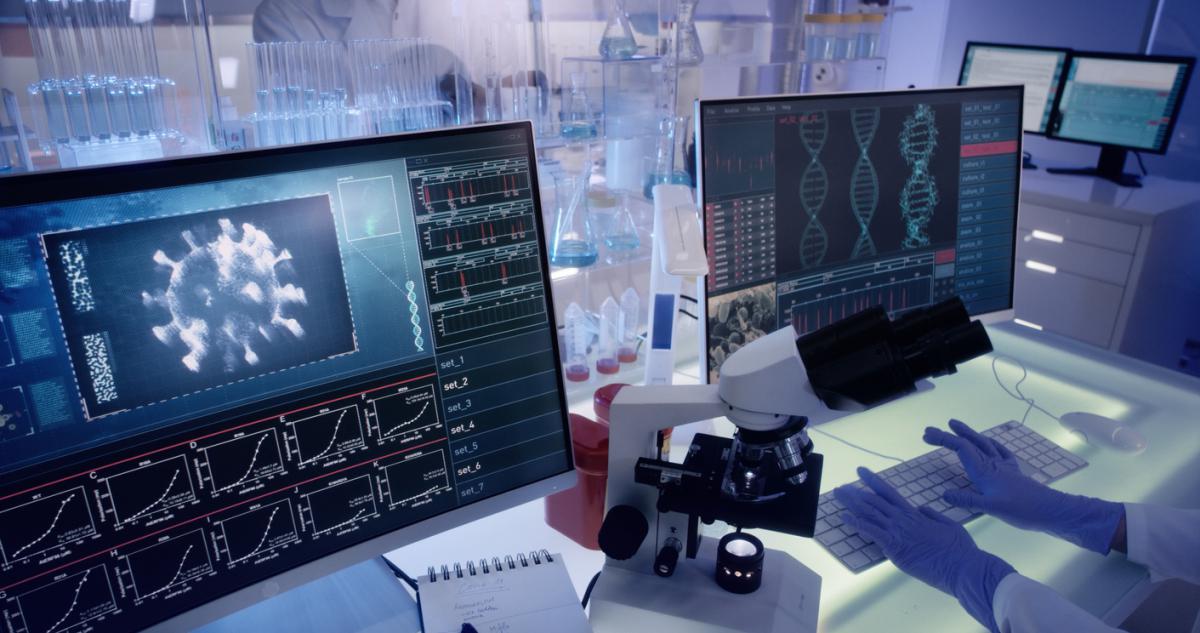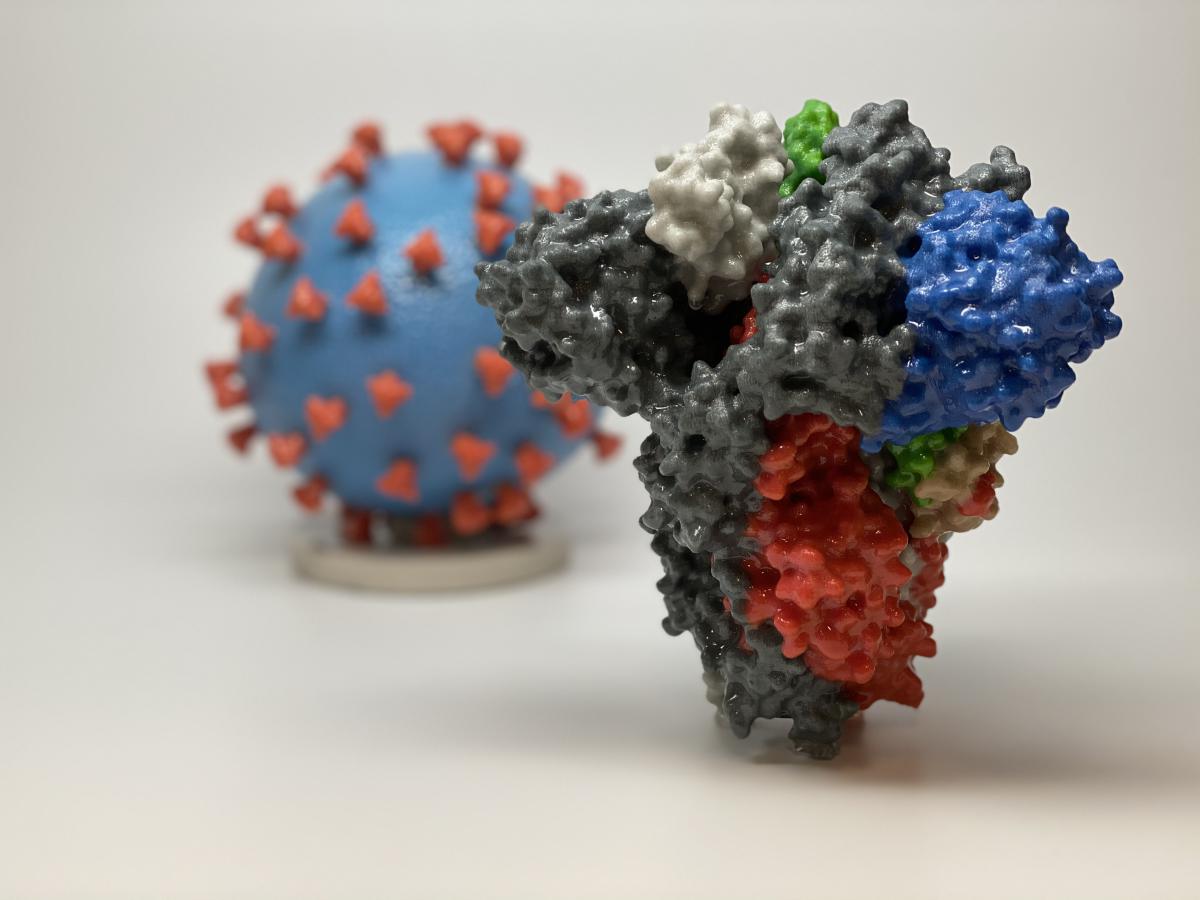Overview
The Office of Strategic Coordination (OSC), issued a Notice of Special Interest (NOSI): Availability of Emergency Competitive Revisions for Research on Severe Acute Respiratory Syndrome Coronavirus 2 (SARS-CoV-2) and Coronavirus Disease 2019 (COVID-19) (NOT-RM-20-015) to stimulate innovative research on Severe Acute Respiratory Syndrome Coronavirus 2 (SARS-CoV-2) and the disease it causes, Coronavirus Disease 2019 (COVID-19).
OSC issued emergency competitive revisions to Common Fund grants and cooperative agreements to support innovative research on COVID-19 or SARS-CoV-2 in areas of research including behavioral/social science, health disparities, and novel therapeutics, that fit within the mission of an emergency response to provide critical expertise, resources or activities. A list of funded projects and descriptions is available below.
Project Descriptions
 PI Name: Euan Ashley
PI Name: Euan Ashley
Project Title: Stanford MoTrPAC Bioinformatics Center
The Ashley lab has developed a high throughput method to extract and sequence both RNA and DNA from nasopharyngeal swabs. They’re using this method to characterize host and viral genes that influence the severity of SARS-CoV-2 infections in a cohort of over 1000 patients from Stanford Health Care. As predicted from public health monitoring, Hispanics and Pacific Islanders are overrepresented in the infected cohort. The team will integrate genetic data with phenotypic data from EHRs and patient-provided disease severity symptoms to determine whether there are ancestry associations with COVID-19 morbidity. The Ashley lab is building a user-friendly COVID-19 web interface for the data.
 PI Name: Usama Bilal
PI Name: Usama Bilal
Project Title: The Health Consequences of Urban Scaling
The SARS-CoV-2 pandemic has hit some socioeconomic groups harder than others, including Hispanics. Using socioeconomic and health data across 30 major US cites, Dr. Bilal will investigate causes of inequities in COVID-19 severity and whether nonpharmaceutical interventions (NPI) widen such inequities. He hypothesizes that NPI, the major prevention strategies for SARS-CoV-2, are less effective in Hispanic populations, thus more targeted methods are required to tame the pandemic in these populations.
 PI Names: Robert Braun, Stephen A. Murray, Jacqueline K. White
PI Names: Robert Braun, Stephen A. Murray, Jacqueline K. White
Project Title: The Jackson Laboratory Knockout Mouse Production and Phenotyping Project (JAX KOMP2)
Mice are not good preclinical models for testing COVID-19 therapies unless they express the human ACE2 receptor because they can’t be infected naturally by SARS-CoV-2. The Jackson Lab has generated a new mouse model for COVID-19 by swapping the mouse ACE2 receptor for the human version. They will breed this line of mice with eight well characterized mouse lines (the “Collaborative Cross”) with the goal of generating a panel of genetically diverse mouse models susceptible to SARS-CoV-2. These models are intended to reflect better the genetic diversity of the human population and the wide range of human responses to SARS-CoV-2 infection. The researchers will infect the mice with SARS-CoV-2 and characterize infectivity, disease outcome, and gene activity.
 PI Name: Brandon Dekosky
PI Name: Brandon Dekosky
Project Title: Antibody display libraries for precision screening of antibody immune responses to SARS-CoV-2
A few years ago, Dr. Dekosky developed a rapid screen for antibody function he is now leveraging to discover neutralizing antibodies for SARS-CoV-2. His advanced technology allows a comprehensive understanding of anti-SARS-CoV-2 immune protection, revealing insights into the role of antibody-based protection against severe COVID-19. As antibody drugs have strong potential to treat or prevent COVID-19, this project could help accelerate new medical interventions to suppress the global pandemic.
 PI Names: Todd Golub, Aravind Subramanian
PI Names: Todd Golub, Aravind Subramanian
Project Title: Discovering existing medicines that abrogate cellular responses to SARS CoV-2 infection
The Broad Institute is screening thousands of well characterized drugs for their ability to inhibit SARS-CoV-2 infection and to block the adverse host response known as cytokine storm. Dr. Golub will exploit his Connectivity Map platform to generate and analyze gene activity from ~10,000 drugs in lung and immune cells and identify biochemical pathways that can be targeted to block infection as well as the detrimental host inflammatory reaction. Since each compound has been approved for a clinical trial or treatment, the results could be rapidly translated into the clinic.
 PI Name: Neville Sanjana
PI Name: Neville Sanjana
Project Title: In situ functional genomics to understand transcriptional regulation
Dr. Sanjana’s lab discovered a naturally occurring variant in the SARS-CoV-2 spike protein (D614G) that allows the virus to more efficiently infect human cells. Using two high-throughput functional assays, his lab is investigating the ability of hundreds of spike protein variants now in circulation to interact with host receptors and infect cells. This research will indicate whether the virus is becoming more infectious as well as whether new therapies are targeting the most dangerous variants.
 PI Names: James Tulsky, Angelo Volandes
PI Names: James Tulsky, Angelo Volandes
Project Title: A Telehealth Advance Care Planning Intervention for COVID-19 in New York City
The rapid deterioration of patients with severe COVID-19 symptoms, combined with overwhelming demands on medical staff, has jeopardized planning for end-of-life care. Dr. Tulsky, co-director of the Harvard Medical School Center for Palliative Care will train hundreds of primary care providers to help thousands of patients rapidly make advance care decisions using a telemedicine approach. By adapting his validated approach to facilitated planning for terminal cancer patients in New York’s largest hospital system, he hopes to demonstrate improved end-of-life choices by COVID-19 patients.
 PI Name: Haichong Zhang
PI Name: Haichong Zhang
Project Title: Robotic Lung Ultrasound for Triage of COVID-19 Patients in a Resource Limited
Robotic diagnostic equipment can help reduce the risk of COVID-19 infections in health care workers. Dr. Zhang has developed a prototype of a gantry-style lung ultrasound machine that can be operated remotely and easily. He is collaborating with a team in Nigeria to test the suitability of the new robot to standardize diagnoses of COVID-19 patients, lower costs, and keep medical staff safer in a resource-limited setting.


